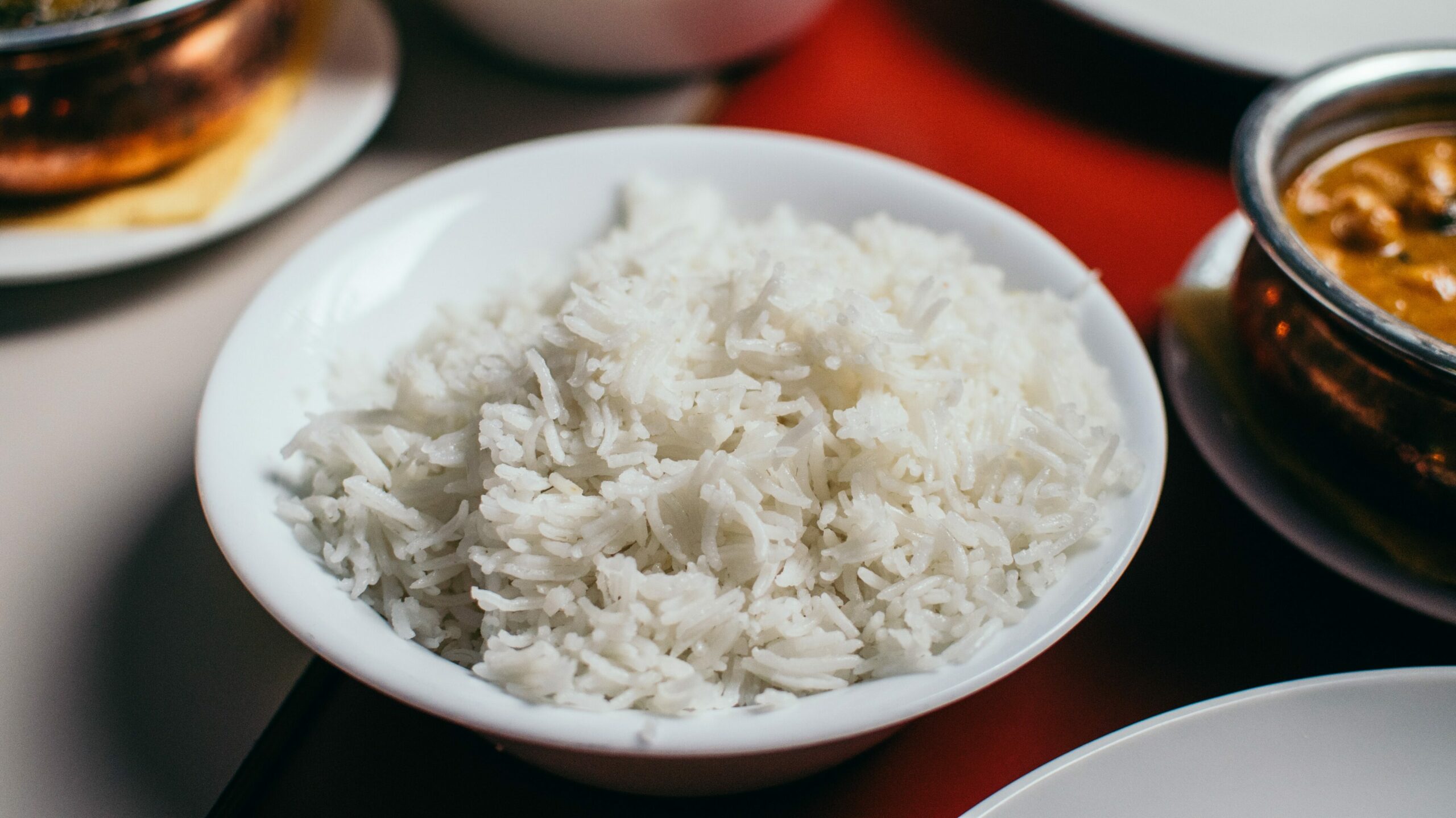A tooth extraction is a dental procedure in which a tooth is removed from its socket in the jawbone. After a tooth extraction, it is important to take proper care of the extraction site to promote healing and prevent complications such as infection, dry socket (a painful condition where the blood clot that normally forms after extraction is dislodged or dissolves), and delayed healing.

Dietary restrictions following a tooth extraction are common and are usually recommended to allow the extraction site to heal properly without any undue stress or irritation. The type of foods you can eat after a tooth extraction may depend on various factors, including the nature of the extraction, the presence of any complications, and your individual healing progress. Here are some general guidelines regarding eating rice after a tooth extraction:
- Soft and easy-to-chew foods: After a tooth extraction, it is generally recommended to avoid hard, crunchy, and sticky foods that can potentially irritate or dislodge the blood clot and disrupt the healing process. Rice, especially cooked rice, is generally considered a soft food that may be easier to chew and swallow compared to harder foods.
- Cool or lukewarm foods: Hot foods or beverages can increase blood flow to the extraction site and may cause bleeding or discomfort. It is generally recommended to avoid hot foods or beverages immediately after a tooth extraction. Rice can be served at a cool or lukewarm temperature, which may be more comfortable to consume after a tooth extraction.
- Avoid using straws: Using a straw to consume foods or beverages can create suction in the mouth, which may dislodge the blood clot and delay the healing process. It is generally recommended to avoid using straws after a tooth extraction. If you choose to eat rice after a tooth extraction, it is best to use a spoon or fork rather than a straw.
- Be mindful of the extraction site: It is important to be cautious when eating after a tooth extraction to avoid directly biting or chewing on the extraction site. Rice, especially sticky or chewy rice, may potentially get stuck in the extraction site and disrupt the healing process. It is best to chew on the opposite side of the extraction site and be mindful of any discomfort or sensitivity.
- Follow post-extraction care instructions: Your dentist or oral surgeon will provide you with specific post-extraction care instructions, including dietary restrictions, which may vary depending on the type of extraction and your individual healing progress. It is important to follow these instructions carefully to promote proper healing and minimize the risk of complications.
- Consider your individual healing progress: The healing process after a tooth extraction can vary among individuals. Some people may heal faster than others, and your dentist or oral surgeon will provide you with recommendations based on your individual healing progress. It is important to listen to your body and avoid any foods that cause discomfort or pain during the healing process.
- Hydration and nutrition: It is crucial to maintain good hydration and nutrition after a tooth extraction to support the healing process. If you choose to eat rice after a tooth extraction, make sure to also consume adequate fluids and other soft, nutritious foods to support your overall health and recovery.
In conclusion, it is important to follow the specific instructions and recommendations provided by your dentist or oral surgeon regarding dietary restrictions after a tooth extraction. While rice can be considered a soft food, it is important to be cautious when consuming it after a tooth extraction and to avoid any foods that may cause irritation, discomfort, or potential complications.
